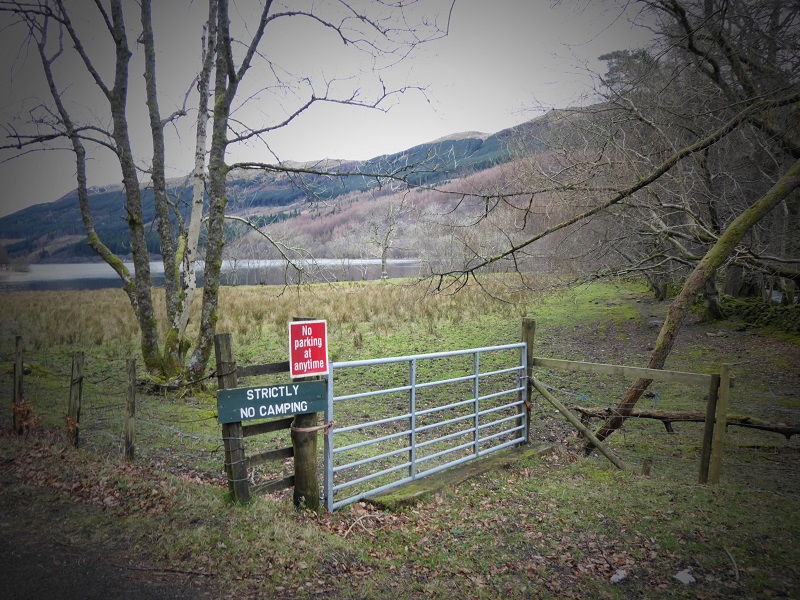
After Friday’s post (see here) about the legal quagmire that the Loch Lomond and Trossachs National Authority has created for itself through the camping bye-laws, its good to be able to report on progress from the Park’s excellent Access Team. Strange as it may seem, my understanding is that the Access Team, like the Local Access Forum, was not involved in the design and creation of the byelaws. Perhaps if they had, some of the disastrous implications, both legal and otherwise, would have been drawn to the attention of the public during the bye law consultation process.
More no camping signs come tumbling down
While its taken a long time to act on the earliest cases I reported, it appears the LLTNPA Access Team are now being allowed to devote resources to the removal of unlawful No Camping signs. On the 22nd February they informed me that three sets of signs I have covered on parkswatch recently (see here) – all are within camping management zones – have come down. (The signs are unlawful because they suggest no camping is allowed year round).
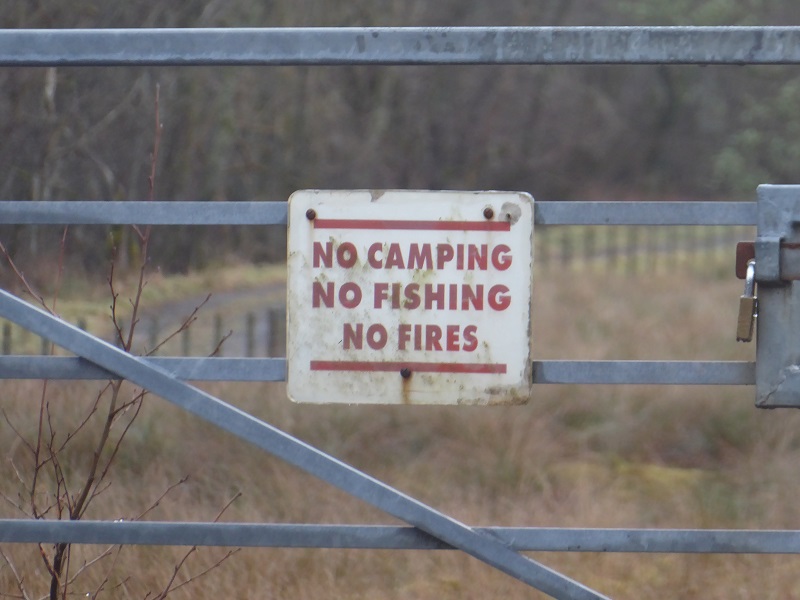
“Further investigation into the signage just south of Lochearnhead has taken place and following discussions with Scottish Water and the adjacent landowner we will now be able to instruct NPA staff to remove the sign.” Brilliant!
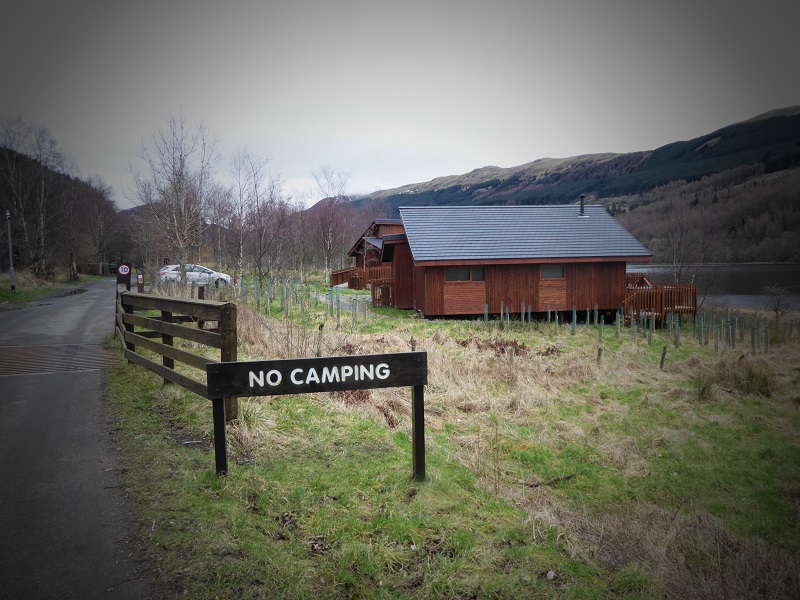
I am not suggesting that people SHOULD camp here, although there is an issue in that many of the best places to camp along the loch shores in the National Park have been built over with chalets, which has a far more permanent impact than camping. Rather than saying “NO”, however, which is unlawful, landowners should be helping people. They do, after all, have a legal duty to support access rights. If they want to put up signs, these should be suggesting good places to camp nearby. Most people would welcome and follow such advice.

Third, the Access Team have provided confirmation that the signs by the east end of Loch Earn, near St Fillan, have come down:
“No camping and no access signs on Crieff Hydro land at the St Fillans end of the south Loch Earn Road. These have now been removed following discussions with the relevant landowners.”
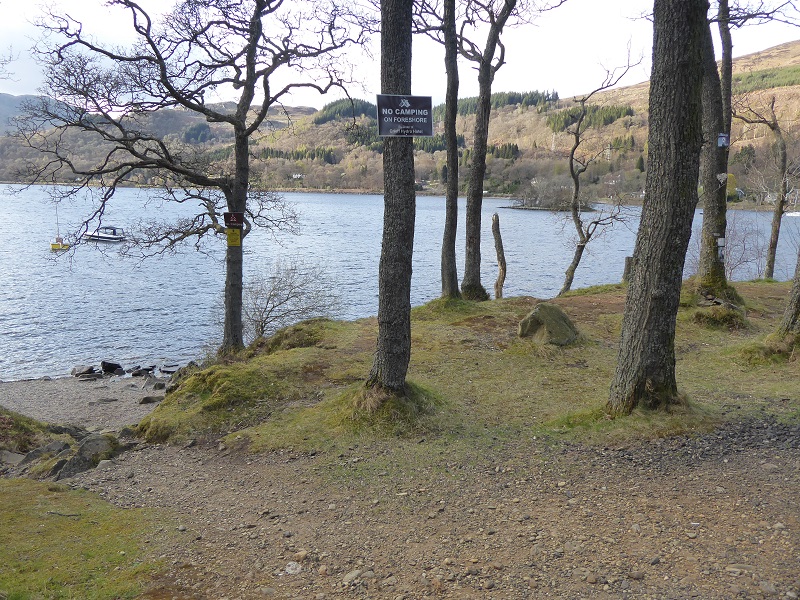
There were a lot of signs on this section of the shoreline, nailed to every second tree (centre and right).
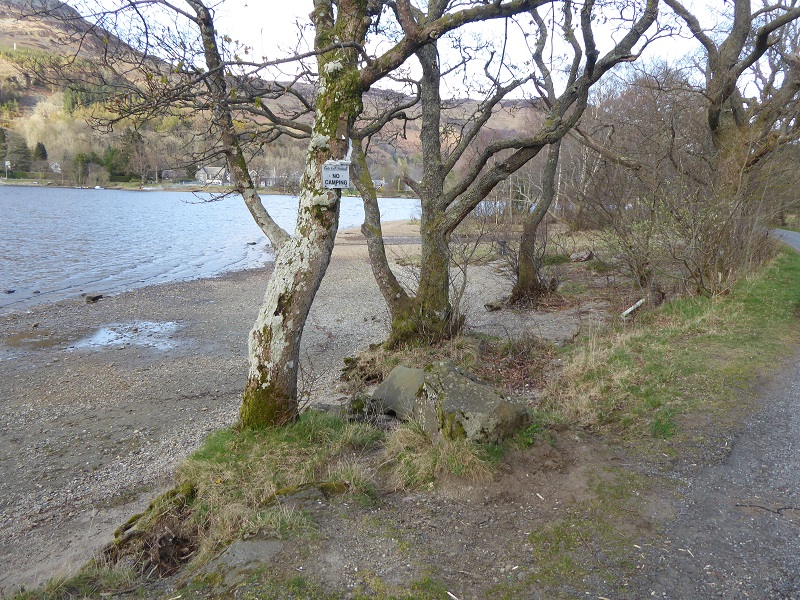
The LLTNPA Access Team are to be congratulated for the action they have taken in these cases. I hope it will inspire other Access Authorities across Scotland to act against unlawful access signs. Highland Council, for example, are on the case of unlawful access signs that have been reported by myself and another activitist at Glen Etive and Glen Etive while Argyll and Bute have reported that they have written to Blackmount Estate about the unlawful signs by Loch Tulla.
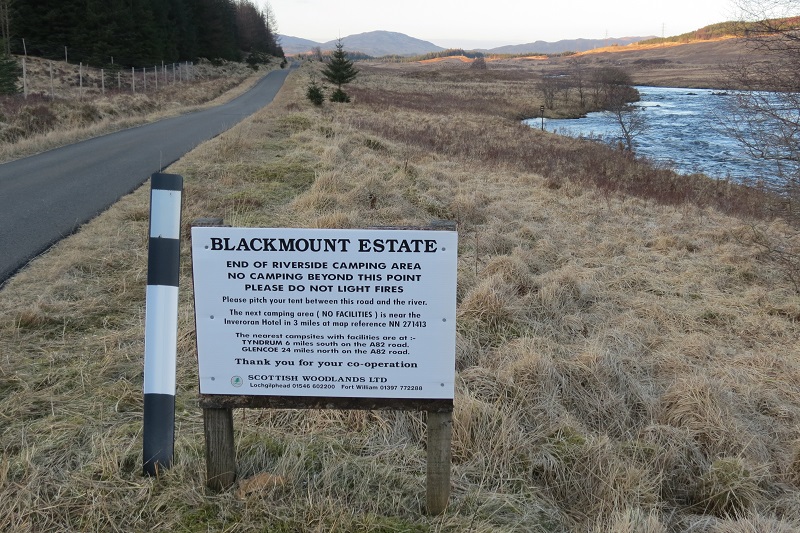
Core path consultation extended for a further 12 weeks to Friday 26th April
The Access Team were also kind enough to inform me last week that the consultation period for the core path plan hasd been extended for another 12 weeks. This is due to a technical glitch which had prevented some submissions being saved. Any response submitted BEFORE 29th January which did not involve a drawing on the digital map has been lost and needs to be resubmitted. While there is excellent information about this on the core path consultation page (see here), the Park’s communication team is yet to issue a news release alerting the public to what has happened.
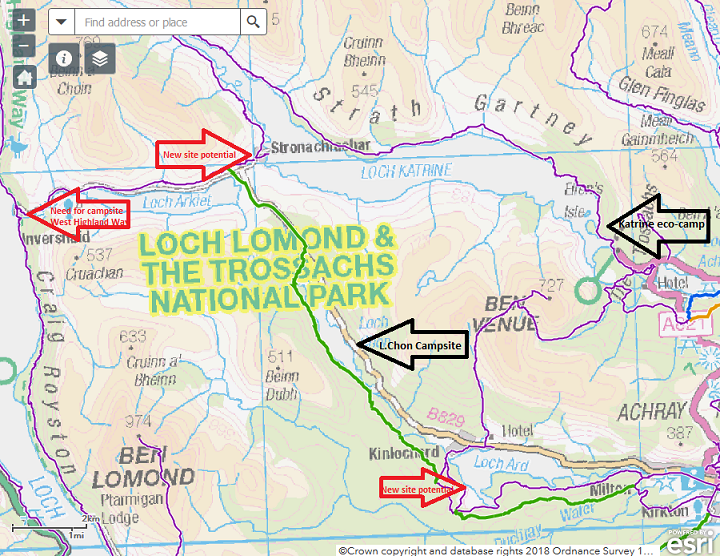
The extension of the consultation provides a welcome opportunity for more people to respond. After my two earlier posts on the consultation, which highlighted the general lack of ambition in the plan (see here – Ben Ledi area) and (here – West Loch Lomond) I hope to take a similar look at the north part of the National Park in due course. Meantime, however, its worth highlighting what I regard as a very positive proposed addition to the core path network which illustrates the tourism potential.
The green line marks the line of a proposed new core path linking Aberfoyle to Stronachlachar, c20 kilometres by my reckoning. It would create not just a core off road path through Strathard, but complete a network of routes around Ben Venue and Loch Katrine which offer a host of recreational possibilities. While possible to do by bike in the day, the circuit and branches, also offer opportunities for a not too strenuous weekend family cycle tour or for a multi-day walk.
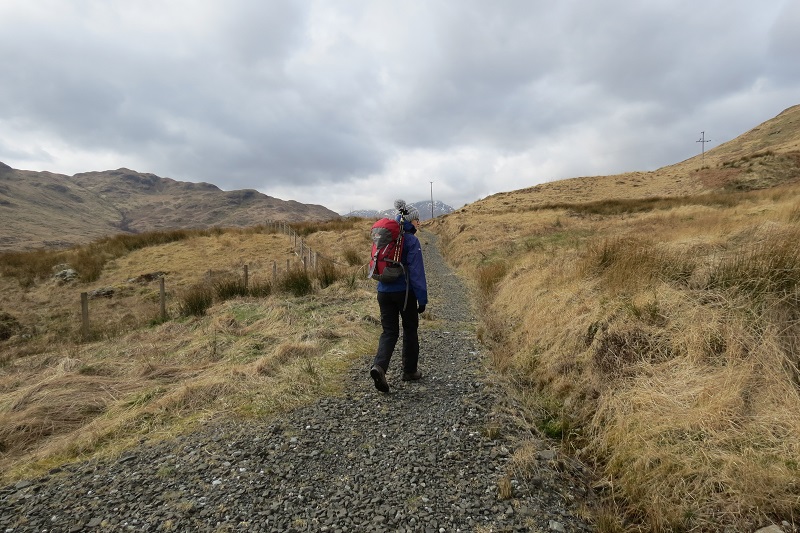
The problem in the past has been lack of budget accommodation/campsites which helps explain why the constructed path between between Stronachlachar and Inversnaid has been little used.
This problem was then accentuated by the extension of the camping management zone in Strathard around the north shore of Loch Arklet. The creation of the eco-camp at Loch Katrine (see here), however, coupled with the Loch Chon campsite has potentially helped changed that. Note, however, how the Loch Chon campsite, whose future should not depend on the camping byelaws, is NOT on the map joined up to the proposed new core path – what a wasted opportunity! What message does that give?
Meantime, though I know that the Sir Walter Scott Steamship Trust is currently considering potential for low cost accommodation at Stronachlachar. This is just outside the camping management zone but camping is currently discouraged (unlawfully again – must report that sign too!). 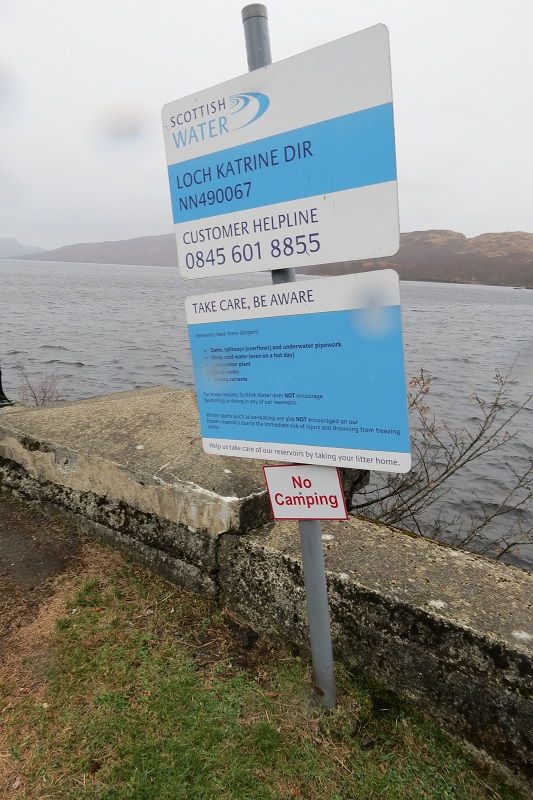
If only the LLTNPA and FCS had the vision and will to create some basic facilities at Loch Ard – where there is currently a little used permit area – and the LLTNPA addressed the lack of any camping facilities at Inversnaid (which creates problems to the hotel due to the number of people backpacking the West Highland Way) there would be a fantastic network of paths/places to stay. That could provide a model for sustainable tourism in the rest of Scotland such as has been developed in Norway.
The LLTNPA also need to think about campervans and the core path network. Campervans are not allowed to stop at the Loch Chon campsite – ridiculous – and there is no other provision. There is lots of potential also for campervanners to do round tours here but, apart from the Loch Katrine car park, there are no other facilities as yet for them.
Core path networks provide huge potential if only there was the political will to do so. Please take a look at the online map and respond to the consultation with suggestions.

Completely agree with your point about core paths. Potential exists to create many many more, some hundreds of miles and to brand them appropriately in a way that highlights/promotes and builds the reputation of the park as the national leisure eg ‘The Rob Roy 100’; the ‘Kenneth McAlpin freepath’ and many more ‘Clan Donald/McGregor/etc Watchway’ ‘The Black Watch hill path’. Together – rather like the NE 500 – they can act as a catalyst for ‘better’ leisure and quality of life, but also sustainable incomes for the people of the park.
In light of COP and the emergency, this might be a very useful, rapid enabling programme, that can push spend and resources into climate related tourism and leisure with a carbon footprint payback.